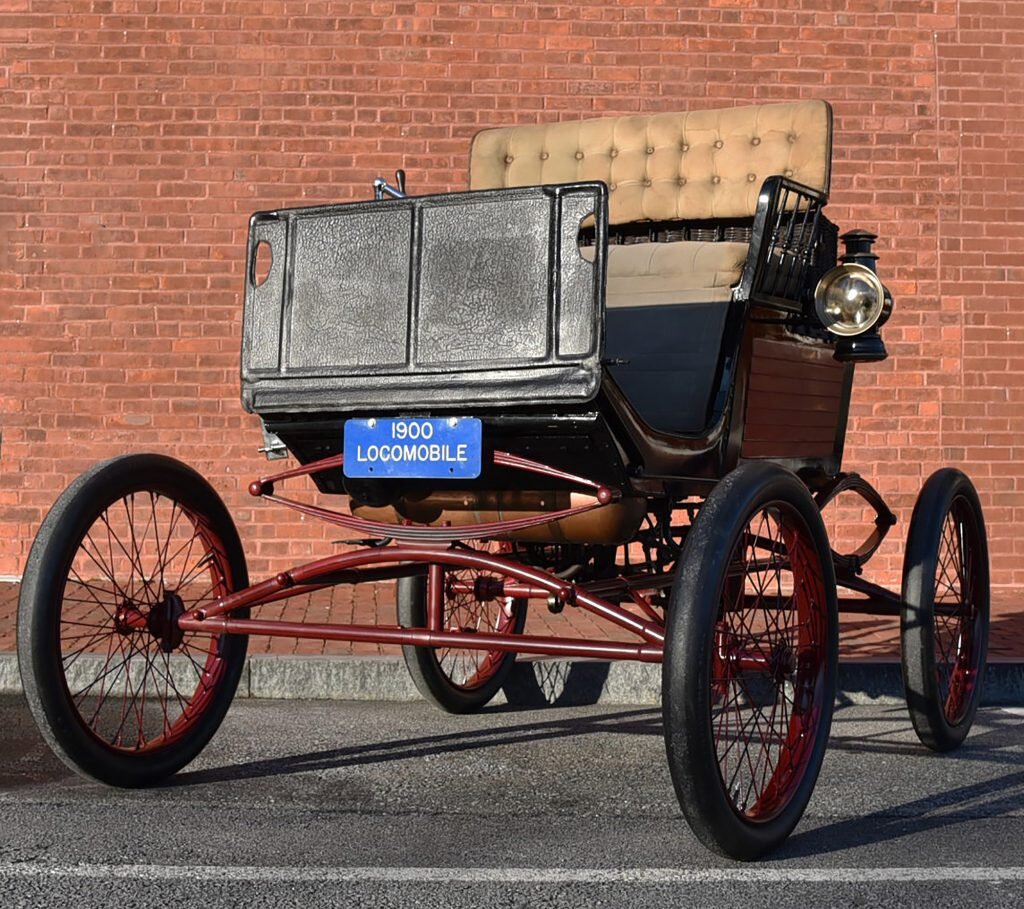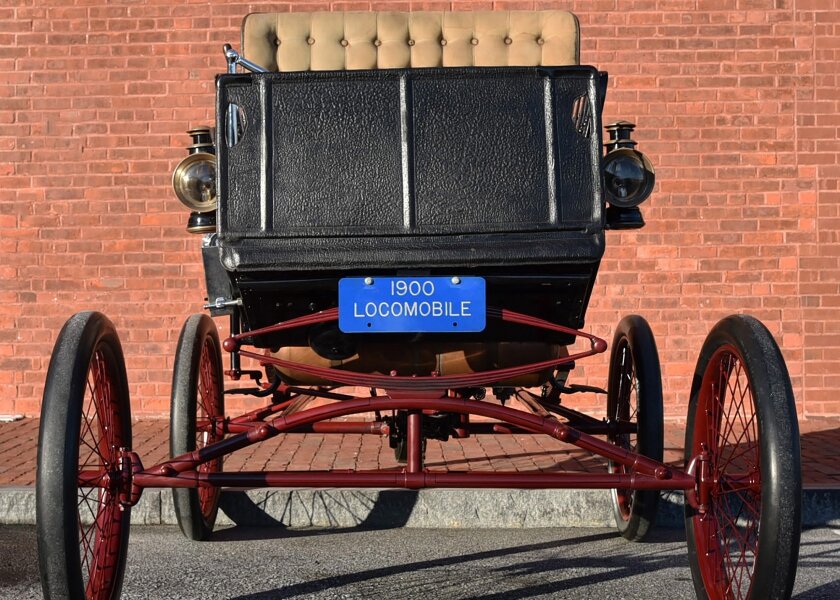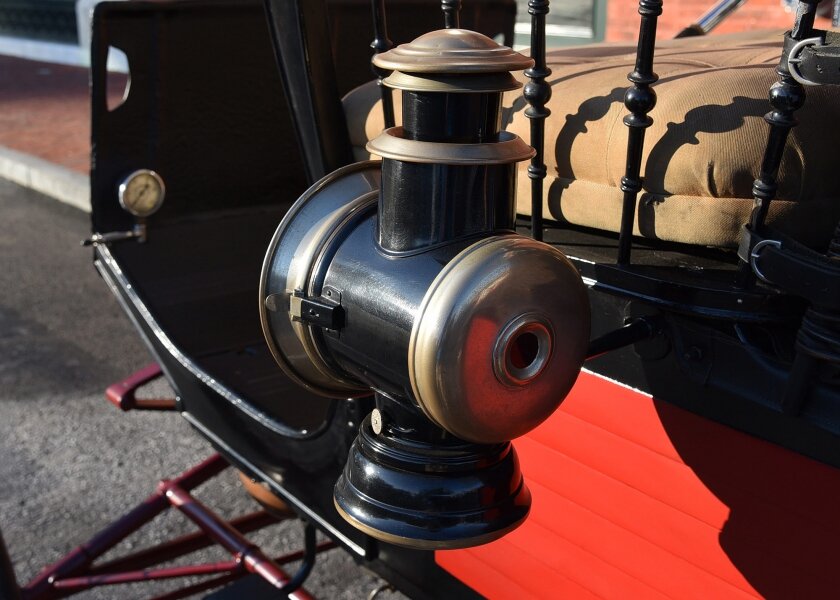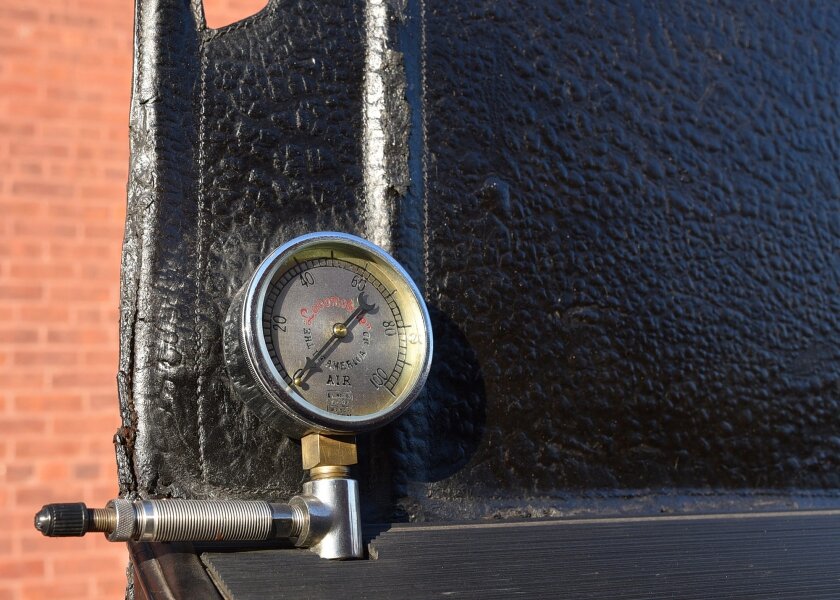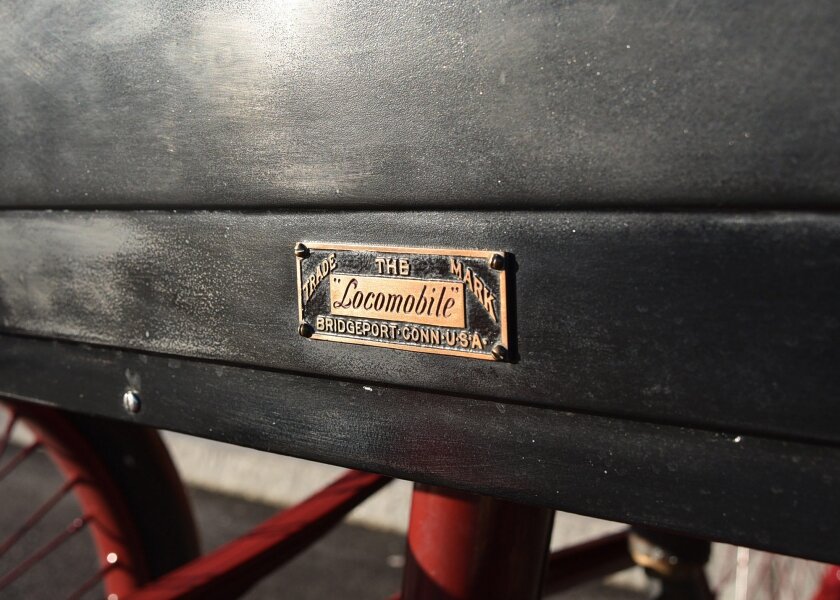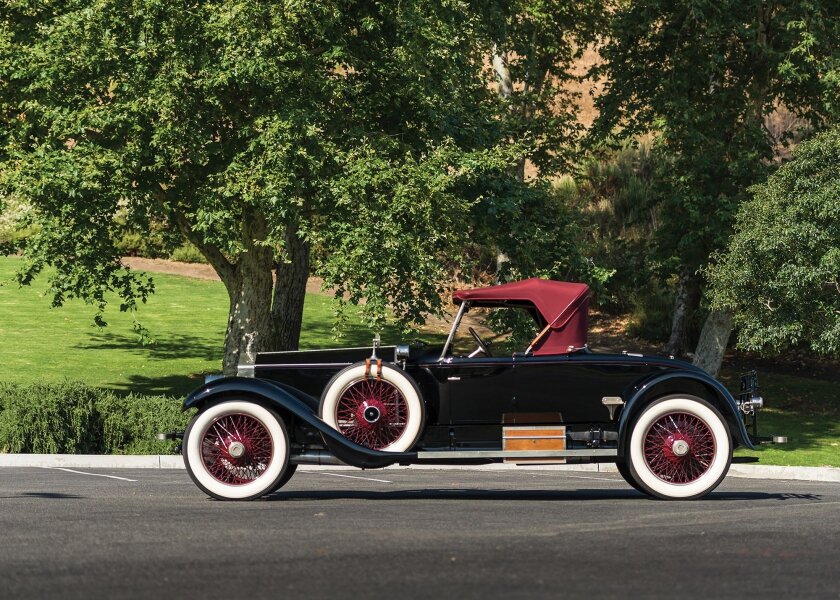1900 Locomobile
Specifications
Engine: Two-cylinder with 14” 21 gallon boiler
Horsepower: 3.5
Transmission: None
Range: 20 miles per tank of water
Weight: 850 lbs
After the Stanley brothers founded Locomobile in the later 1800’s, they sold their steam car business to John Brisben Walker, publisher of Cosmopolitan magazine, for $250,000 after only one car had been built. After a 100 car build request from ‘asphalt king’ Lorenzo Barber, production was underway. For the first two years, manufacturing was housed in Watertown, MA, until the company relocated to Bridgeport, CT in 1900. After renaming the brand as the ‘Locomobile Company of America’, they succeeded in selling over 5000 steam powered cars in just four years, which made them America’s largest producer of automobiles. The demand for steam cars soon diminished however, as the company sold just 200 cars in 1904. Locomobile sold all patents and the remainder of the business back to the Stanley brothers, who continued to produce steam cars – like the 1908 Stanley H-5 also on display – for another few years.
The 1900 Locomobile on display came equipped with a two cylinder steam engine and 21 gallon boiler. The cylinder is gasoline fired, which had to heat gas to a vapor to start, a 30 to 40 minute warm-up before you had steam. Although the Locomobile produced just 3.5 horsepower, the car was incredibly light making it a nimble, enjoyable means of transportation. People did not use these vehicles to travel long distances, as the boiler had to be refilled after 20 miles of driving. The early Locomobiles had few issues with forward motion, though braking was a challenge. Equipped with just a small band at the center of the rear axle to brake, the driver could also brake using the reverse gear and the engine would act as a compression brake.
With a side tiller, lantern-esque head lamps and spindle seats, this was a vehicle that shared many of its design cues with horse drawn carriages that were built just a few years prior.


